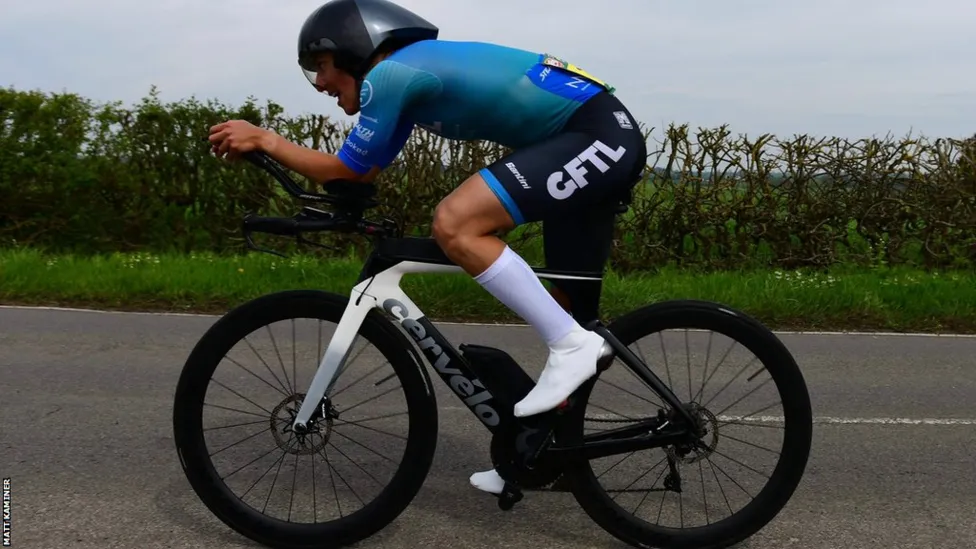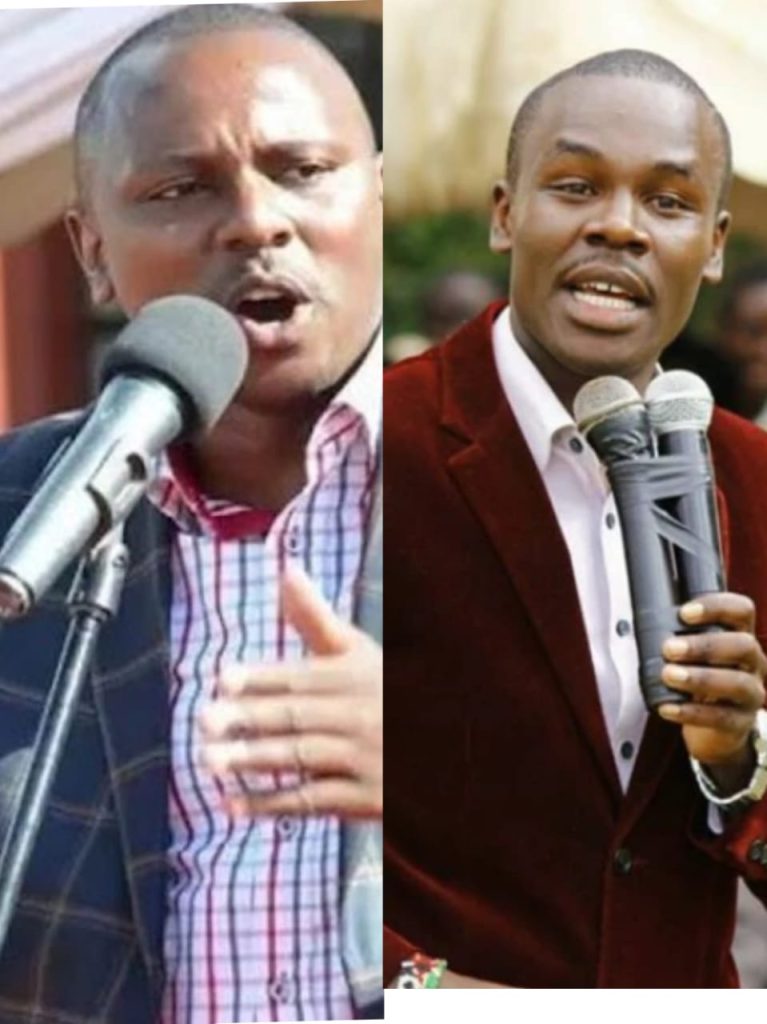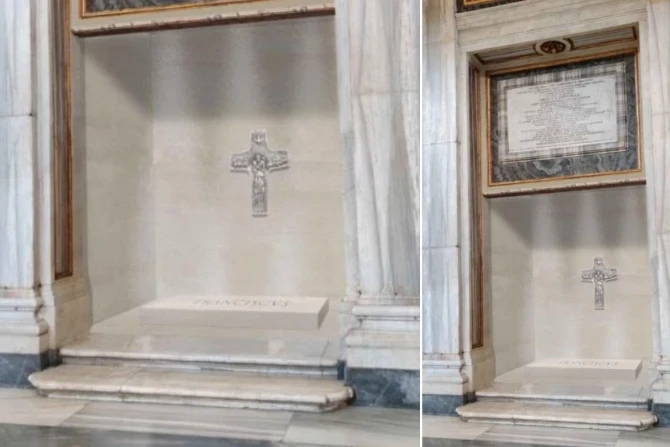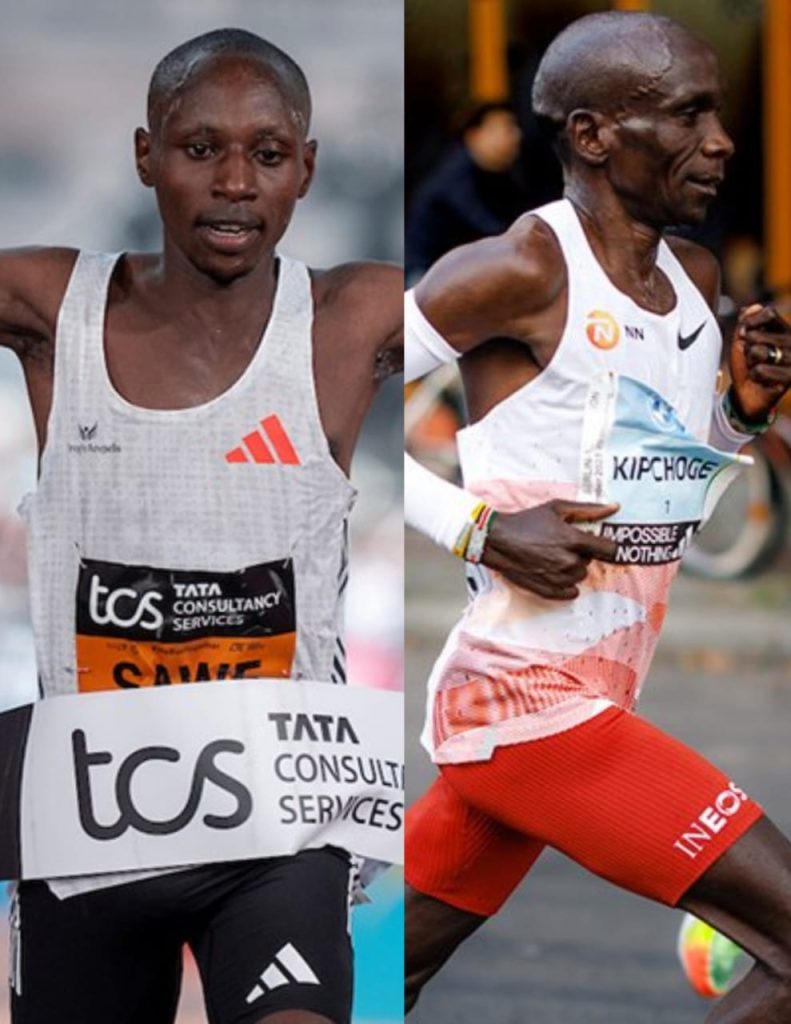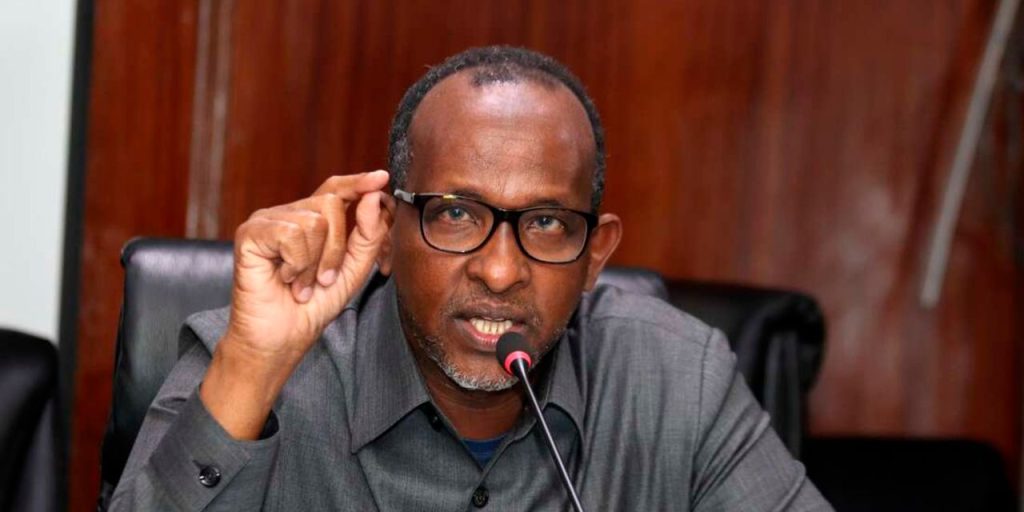Pope Francis was laid to rest on Saturday at the Basilica of St. Mary Major, marking a profound moment in the history of the Catholic Church.
The burial was presided over by Cardinal Kevin Farrell, who is the Camerleng running the Vatican’s day-to-day affairs until a new pope is elected.
Pope Francis died on 21st April, 2025 due to a stroke, followed by a coma and the collapse of his cardiovascular system.
After a solemn funeral Mass attended by over 250, 000 people at St. Peter’s Square, the final procession began. For the last time, Pope Francis crossed the ancient streets of Rome, traveling humbly in the Popemobile a simple and symbolic journey befitting the man who spent his life championing humility, mercy, and compassion.
The hearse covered about four kilometers (2.5 miles) driving at a slow pace. The coffin of Pope Francis was greeted by a thousands of mourners as it arrived at Santa Maria Maggiore Basilica where he was buried.
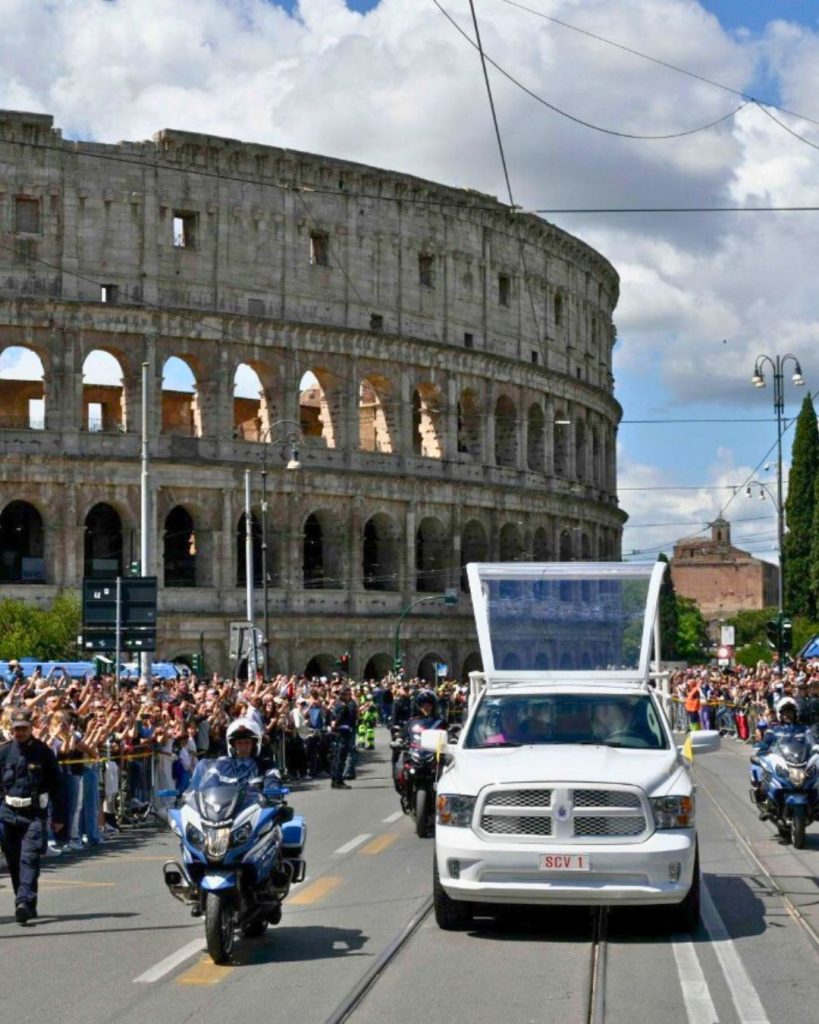
The burial was held in private. Security was hightened as Italian authorities deployed more than 2,500 police officers and 1,500 soldiers, closing the airspace above Vatican City, and stationing a torpedo ship off the coast.
Honoring his personal wishes, Pope Francis wa buried outside the Vatican a rare decision that echoes his lifelong call for simplicity and closeness to the people. He becomes the first pope in 100 years to be laid to rest outside the Vatican, joining seven other pontiffs who lie in eternal rest at the revered Basilica of St. Mary Major.
The move away from the traditional Vatican burial ground signals not just the end of an extraordinary papacy, but a powerful testament to the spirit of a pope who, even in death, sought to walk a different path one of humility, tradition, and heartfelt devotion.
The funeral marks the beginning of nine days of mourning, known as the Novemdiales.
The Novendiales will be followed by nine consecutive days of Masses until May 4. During the nine-day period of Novendiales; each day, a cardinal chosen by the late pope presides over a requiem Mass in St. Peter’s Basilica. Masses will also be conducted in the Catholic churches across the globe.
According to the Catholic Church law, mourning period begins immediately upon the pope’s death, marking the official start of the “sede vacante,” meaning the seat is vacant.
This as preparations are underway for the papal conclave to elect Pope Francis’ successor.
The conclave is expected to commence in early May, within the 15 to 20-day period stipulated by Church law after the papal seat becomes vacant.
A total of 135 cardinal electors under the age of 80 are eligible to participate in the conclave. However, due to health reasons, two cardinals have indicated they will not attend, leaving 133 expected voters.
The conclave will be held in the Sistine Chapel, where the cardinal electors will stay locked until a new pope is chosen. Voting will occur up to four times daily, and a two-thirds majority is required to elect the new pontiff. If no candidate achieves this majority after several days, the rules allow for a simple majority to suffice.
As the Church prepares for the conclave, attention turns to potential successors. Among contenders are two African Cardinals; Peter Turkson of Ghana and Fridolin Ambongo Besungu of the Democratic Republic of Congo. Others are Cardinal Matteo Zuppi of Bologna, Cardinal Peter Turkson of Ghana, and Cardinal Luis Antonio Tagle of the Philippines.
The upcoming conclave marks a significant moment for the Catholic Church as it seeks to elect a new leader to guide its 1.4 billion members worldwide.


